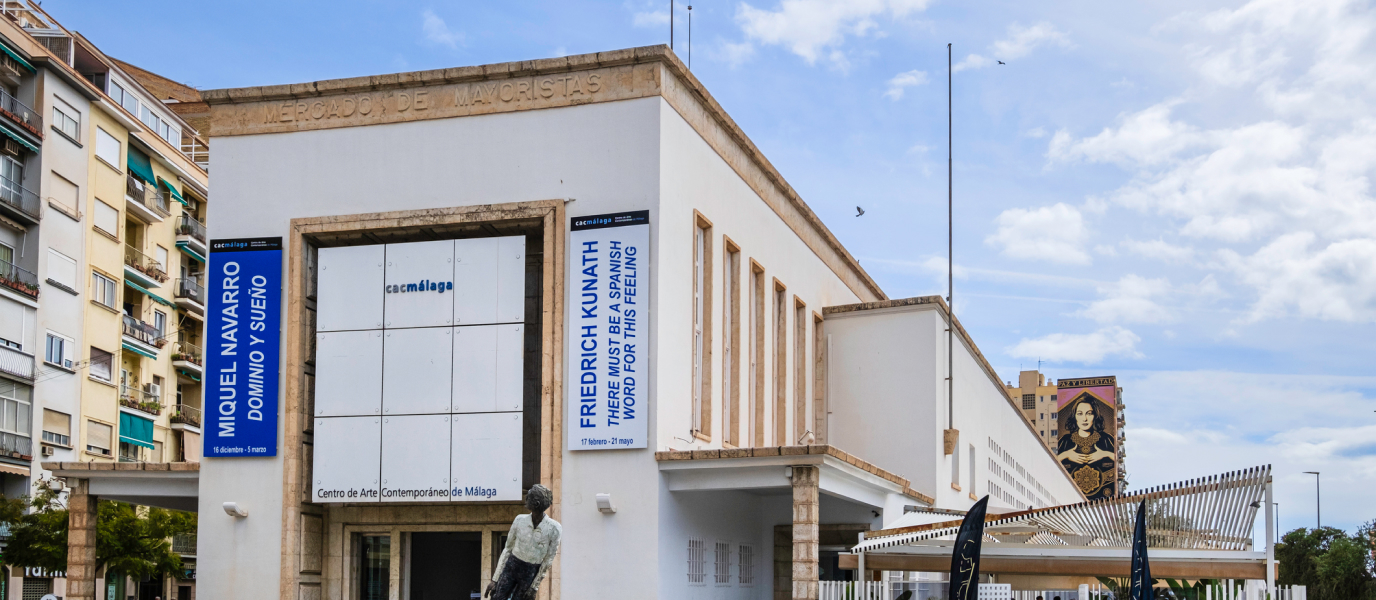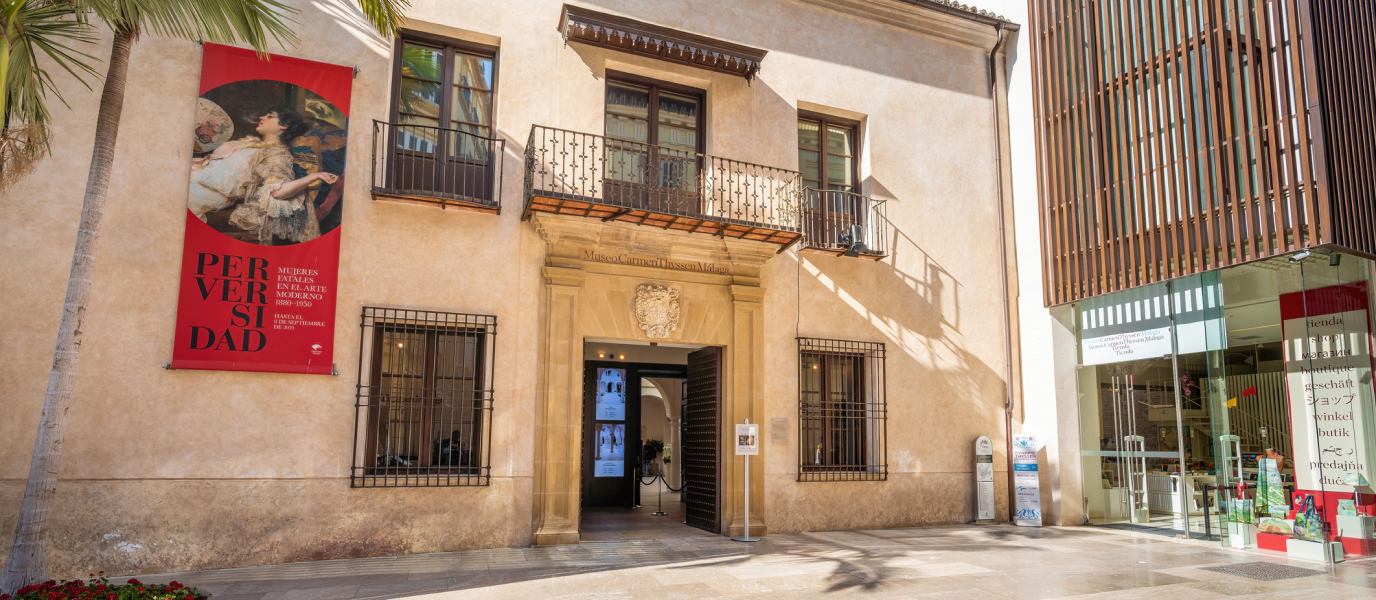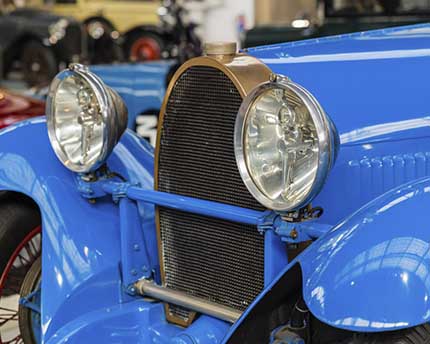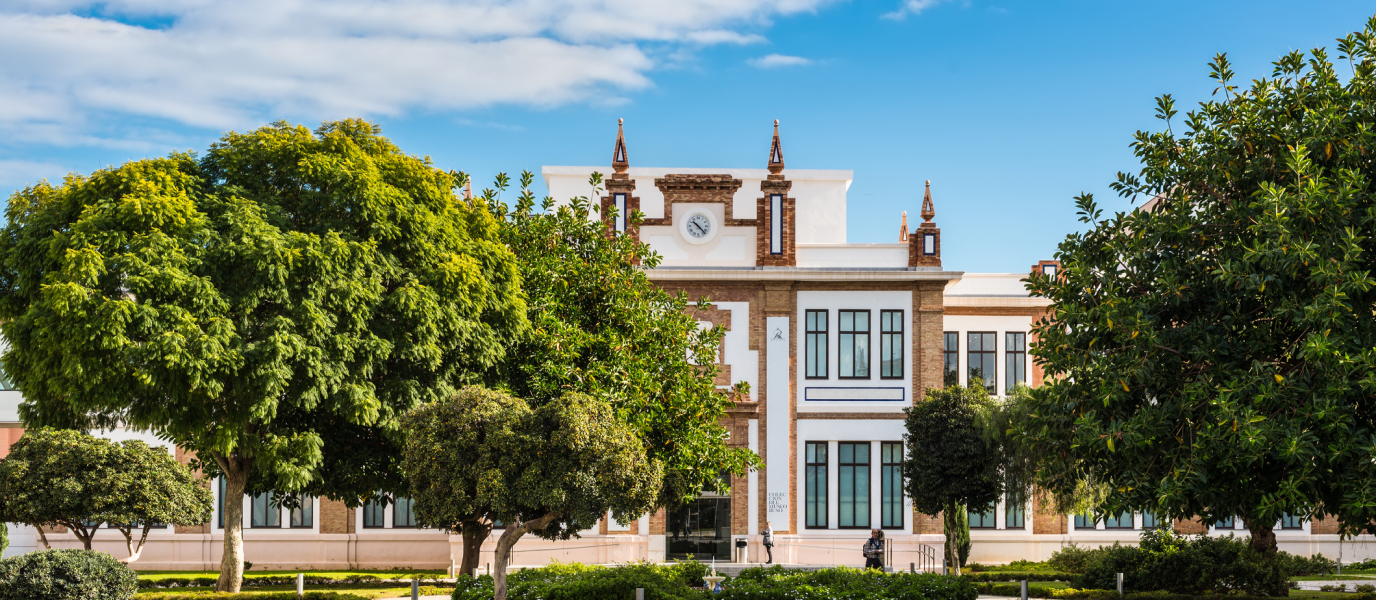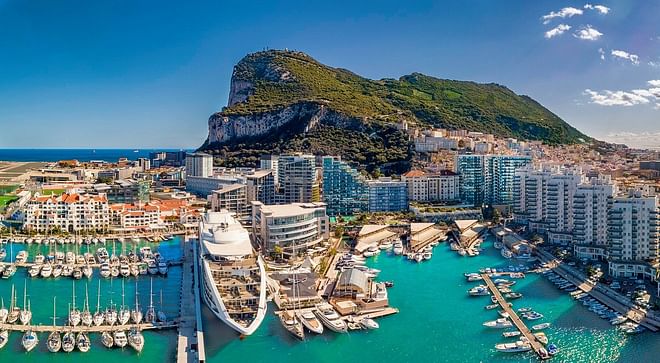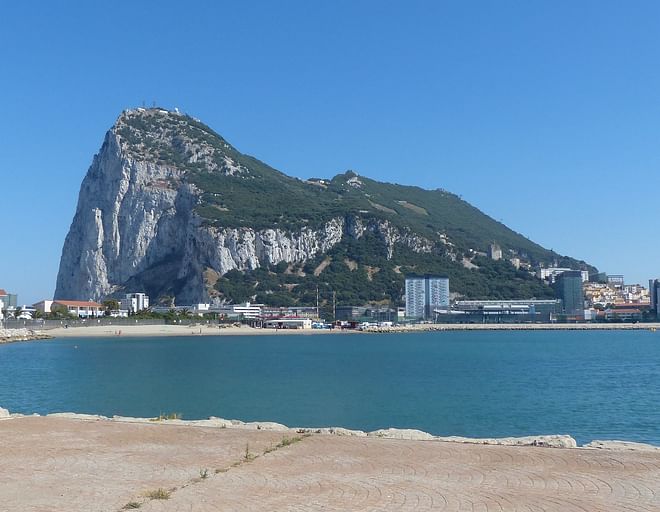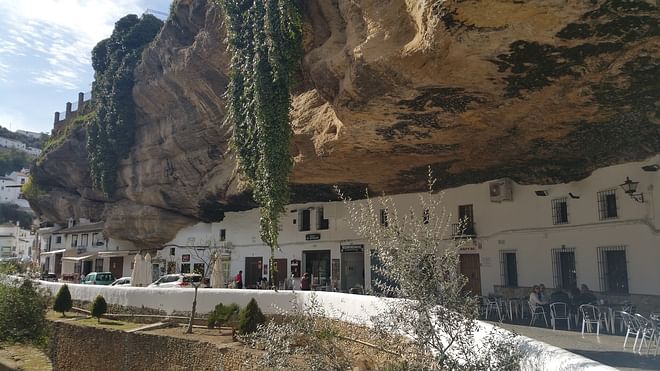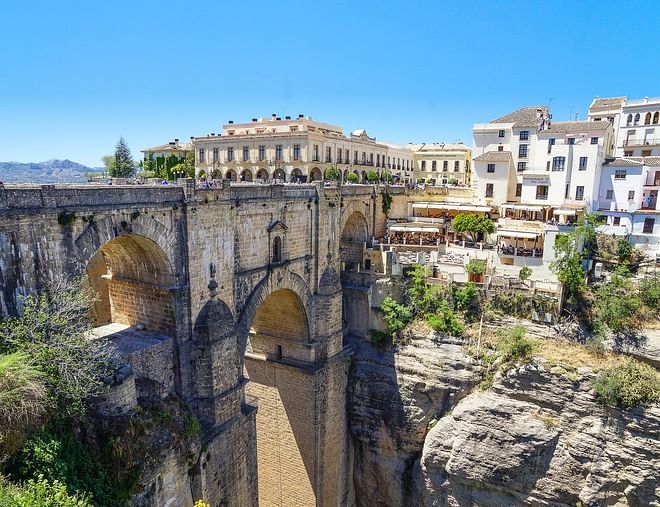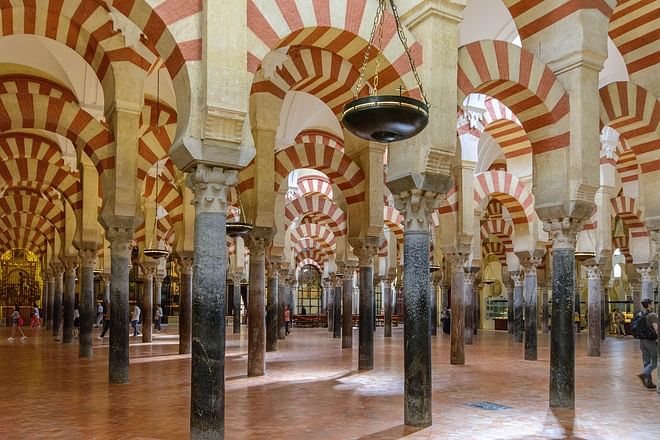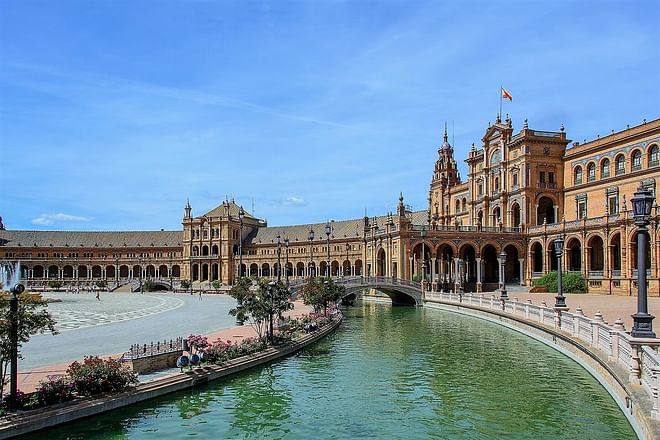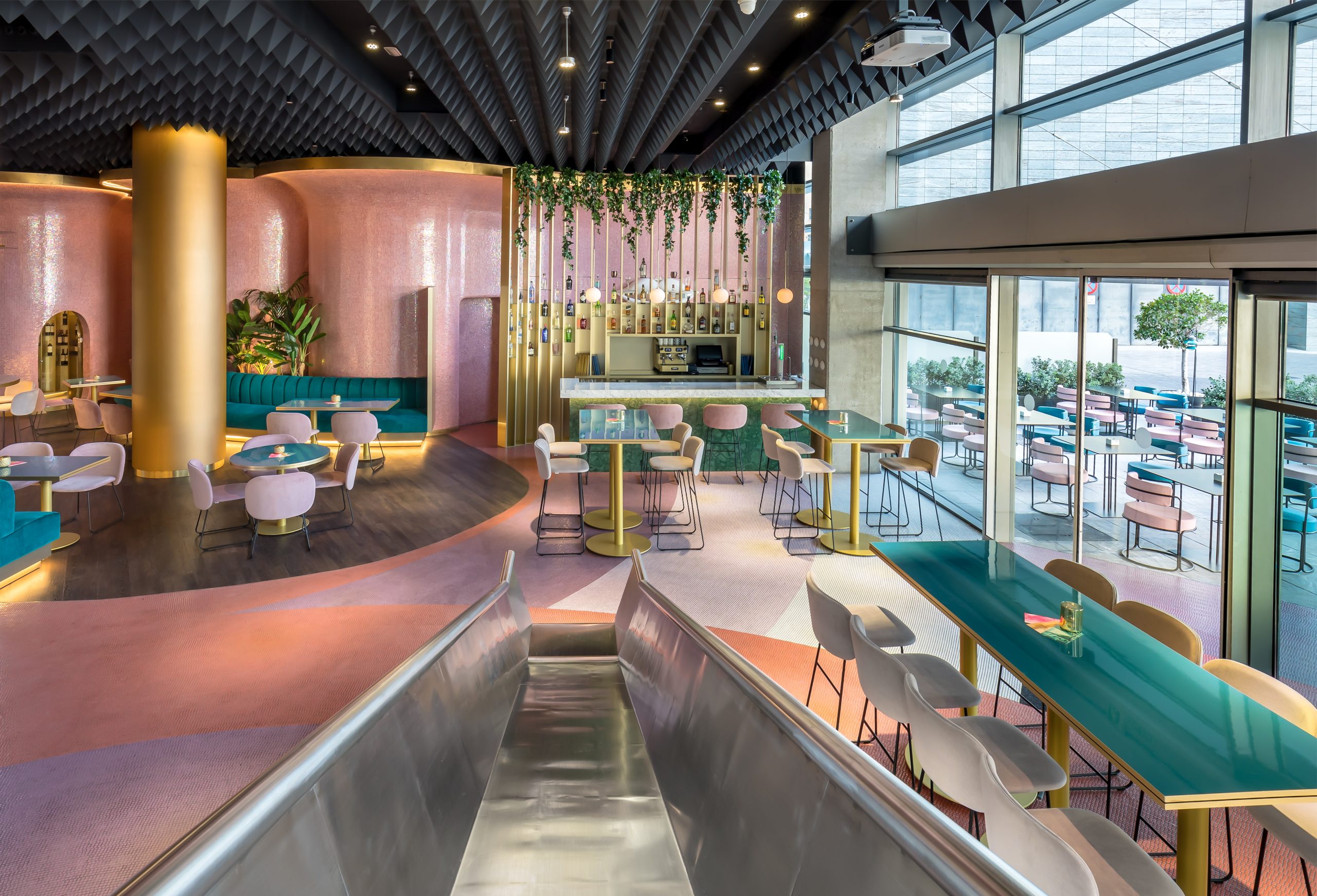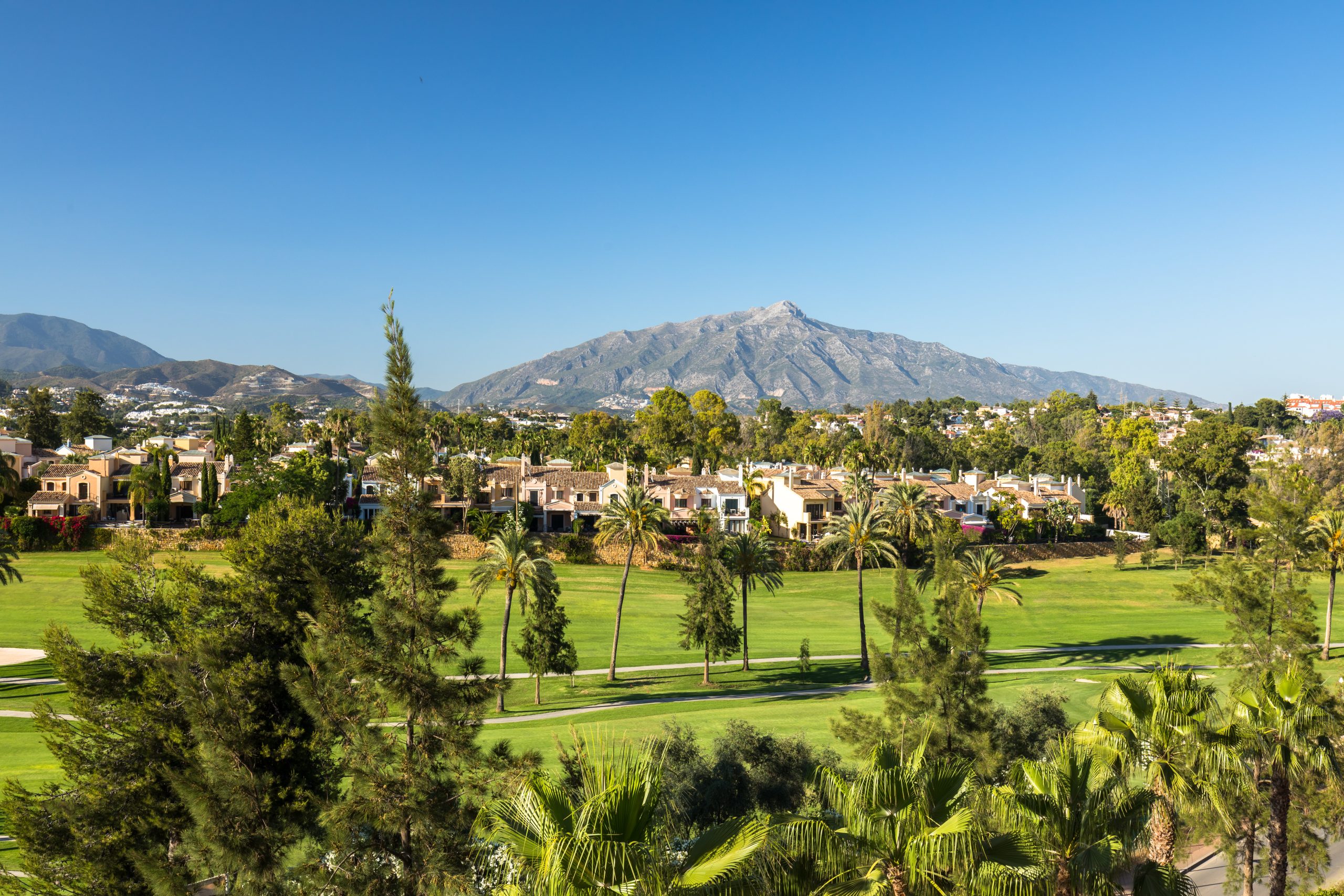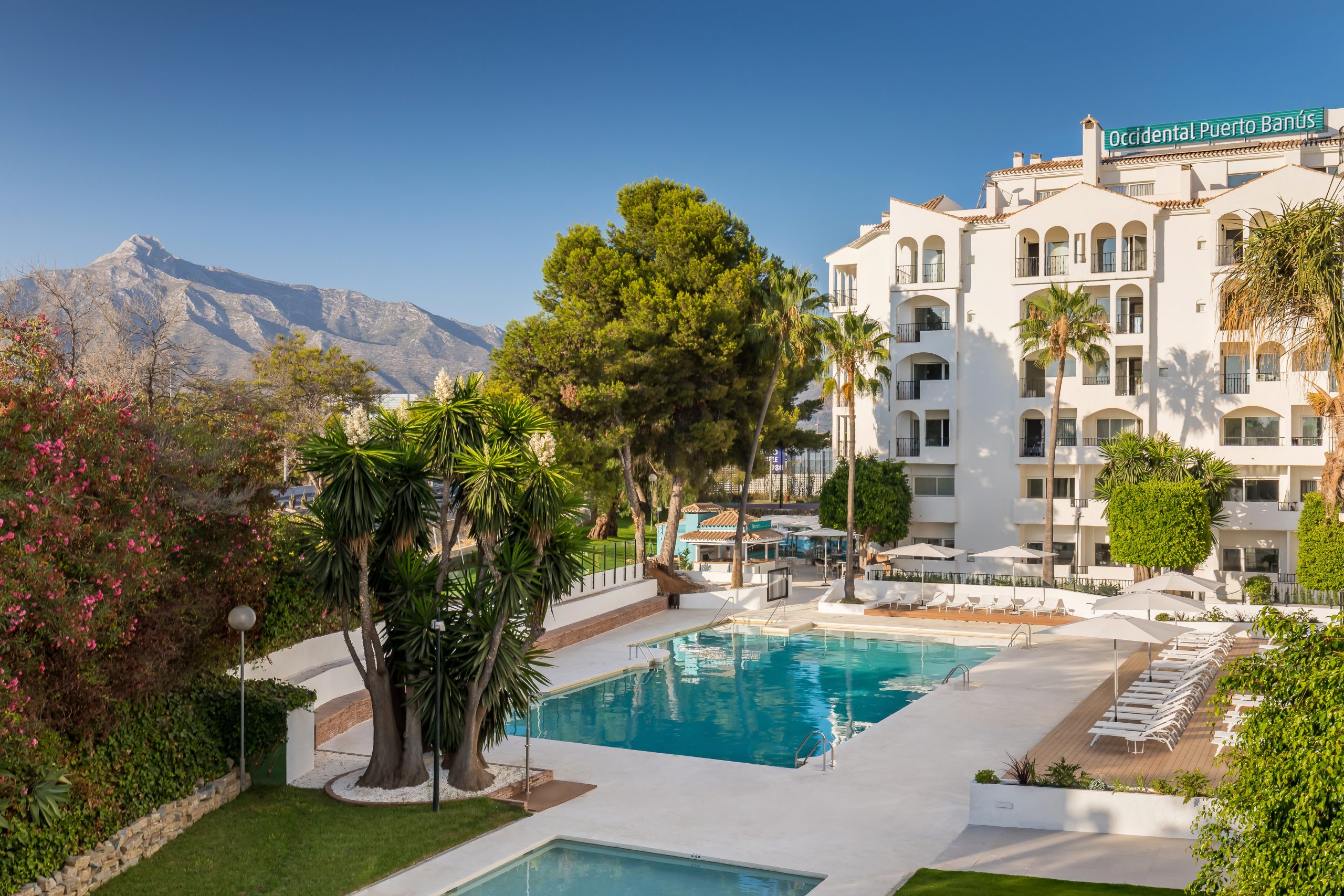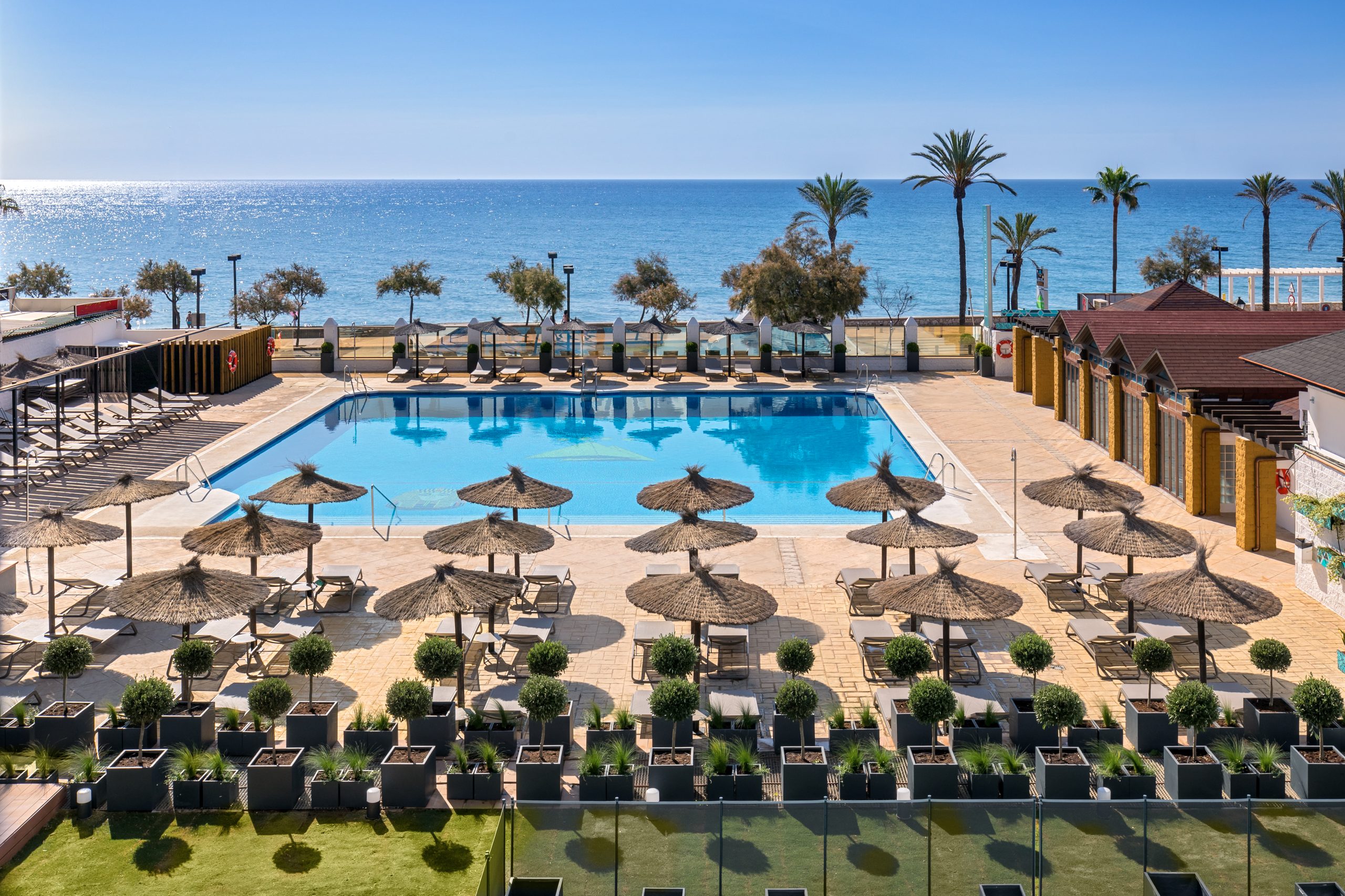CAC, the Centro de Arte Contemporáneo de Málaga [Málaga Centre of Contemporary Art], is one of the most respected artistic spaces in Málaga, capital of the Costa del Sol. It was created to reflect on and spread knowledge about contemporary art through exhibitions, conferences, workshops, seminars and teaching programmes. Visitors to the museum will discover a living, innovative space where they can learn about new Spanish and international artistic and cultural trends. CAC Málaga is the perfect place for keeping up with every fresh development in the world art scene because its permanent collection is always expanding and it also hosts temporary exhibitions throughout the year.
When and why was CAC Málaga created
CAC Málaga is an initiative by Málaga City Hall that emerged from a desire to offer the public a wide range of art created since the final third of the twentieth century to the present day, all under one roof. It opened its doors on 17 February 2003 and has been a benchmark for contemporary art in Andalusia ever since. Its management has been highly praised on many occasions for its skill at fusing the management model of a private company with the ideals inherent to the public sphere.
In a society like Málaga’s, which has a large number of foreign residents, innovative artistic trends needed their own exhibition space and they’ve found their home in CAC Málaga. Its exhibition rooms have seen works by renowned artists such as Louise Bourgeois, Paul McCarthy, Anish Kapoor, Jason Rhoades, Raymond Pettibon, Rachael Whiteread, Yoshitmo Nara, Daniel Richter and Rodney Graham.
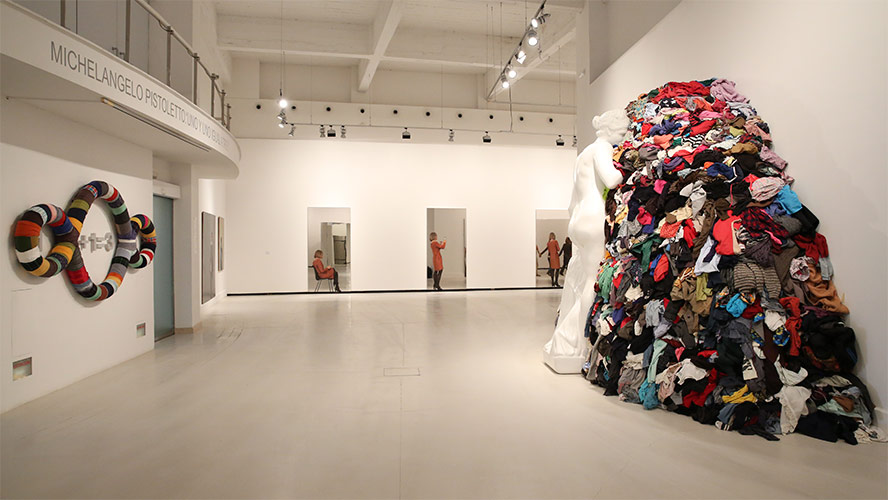
A space for reflection
In contrast to conventional models, CAC Málaga positions itself as a space based on the German Kunsthaus model. That means it aims to be a ‘house of art’, a place where you can study and understand the most innovative forms of artistic expression and the evolution of contemporary art. The centre runs various teaching activities such as seminars and courses to aid reflection on these matters.
From market to museum
These initiatives are run in a historic building that was once home to work of a very different kind when it was the Wholesalers’ Market of Málaga. It’s located on the left bank of the Guadalmedina river, one of the ancient borders of the Moorish medina, an area that was once the city’s outskirts but is the centre of Málaga in today’s urban plans.
Construction started on the original Wholesalers’ Market in 1939 on land bordering the river. Architects Luis Gutiérrez Soto and Juan Jáuregui won the project commission and oversaw the progress of the works during the three years it took to erect the building. The market opened in 1942 and clearly illustrates Gutiérrez Soto’s passion for rationalism; he was part of the Modern Movement and the group known as the Generation of ’25. Gutiérrez Soto also made his name with projects such as Barajas airport and the Europa and Barceló cinemas in Madrid.
Experts describe the architectural style of the building as severe functionalism due to its straight lines, cube-shaped bodies, alternating volumes and superimposed structures. It’s also interesting to note that it was one of the first buildings to open in the Spanish post-war period. After its initial period of industrial use it was declared an Asset of Cultural Interest in 1987 but refurbishment work to repurpose the building as a museum didn’t start until 2000.
The building was remodelled according to a project by architect Miguel Ángel Díaz and other professionals. This huge construction covering a total surface area of 6,000 m2 was redesigned so that almost half is used for contemporary art exhibitions. The most recent changes were made by renowned architect Rafael Moneo, who added a new library and a larger auditorium.
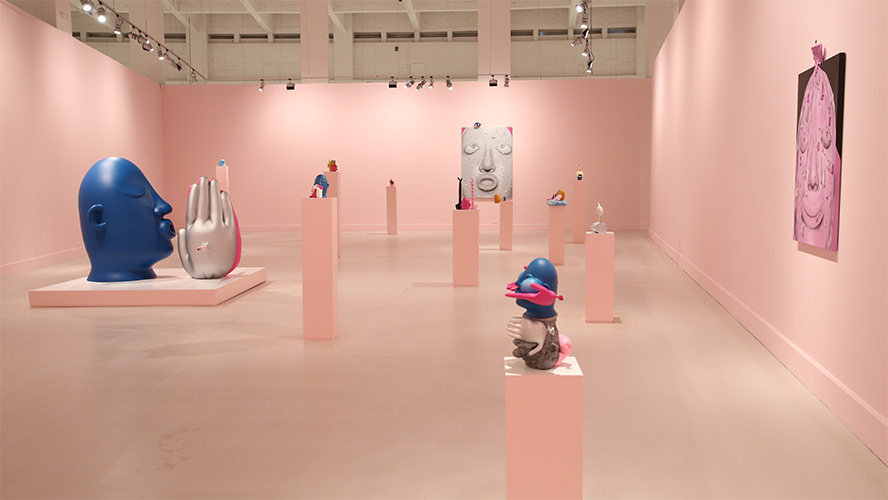
Permanent collection at CAC Málaga
The permanent collection at CAC Málaga consists of a group of artworks that Málaga City Hall has progressively acquired over the years and works brought in through a system of loans from private collectors. These works take the visitor on a journey through twentieth-century artistic trends and movements, especially the most recent decades, with a particular focus on works created after the 1950s. Artworks on display are rotated so it’s possible to appreciate the variety of present day contemporary art.
Internationally renowned artists that can be admired here include Louise Bourgeois, Art & Language, Olafur Eliasson, Thomas Hirschhorn, Damian Hirst, Julian Opie, Thomas Ruff and Thomas Struth. Works by Spanish artists date from the 1980s onwards: pay particular attention to Victoria Civera, Juan Muñoz, José María Sicilia, Miquel Barceló, Santiago Sierra and Juan Uslé.
Teaching work
Another aspect to CAC Málaga is its teaching work as it runs an extensive programme of workshops aimed at schoolchildren. Activities are made available to teachers that help children recognise new artistic trends and understand everyday life during a particular period. In addition to schools, independent visitors are also invited to take part in free guided tours and workshops throughout the year. Special activities are also run at Christmas and at the end of February/beginning of March (during the school holiday week called Semana Blanca), so keep an eye on the programme at these times of year.
Conferences, film screenings and book launches are also held at the centre’s facilities. A living museum like CAC Málaga always has something fascinating in store for you.
Other cultural spaces that may be of interest in Málaga are the Carmen Thyssen Museum, the Picasso Museum, the Picasso Foundation, the Russian Museum and La Térmica.

























































